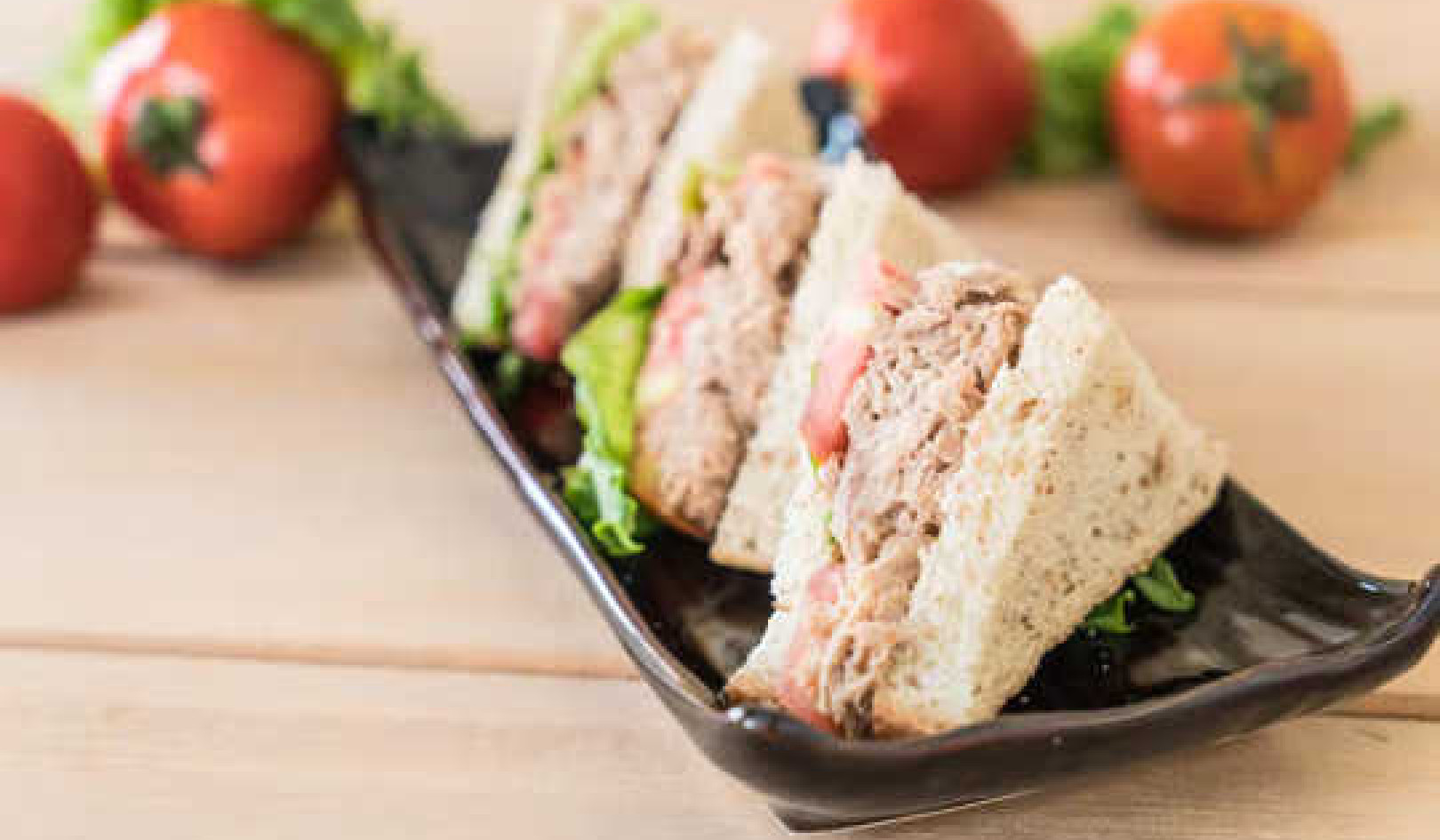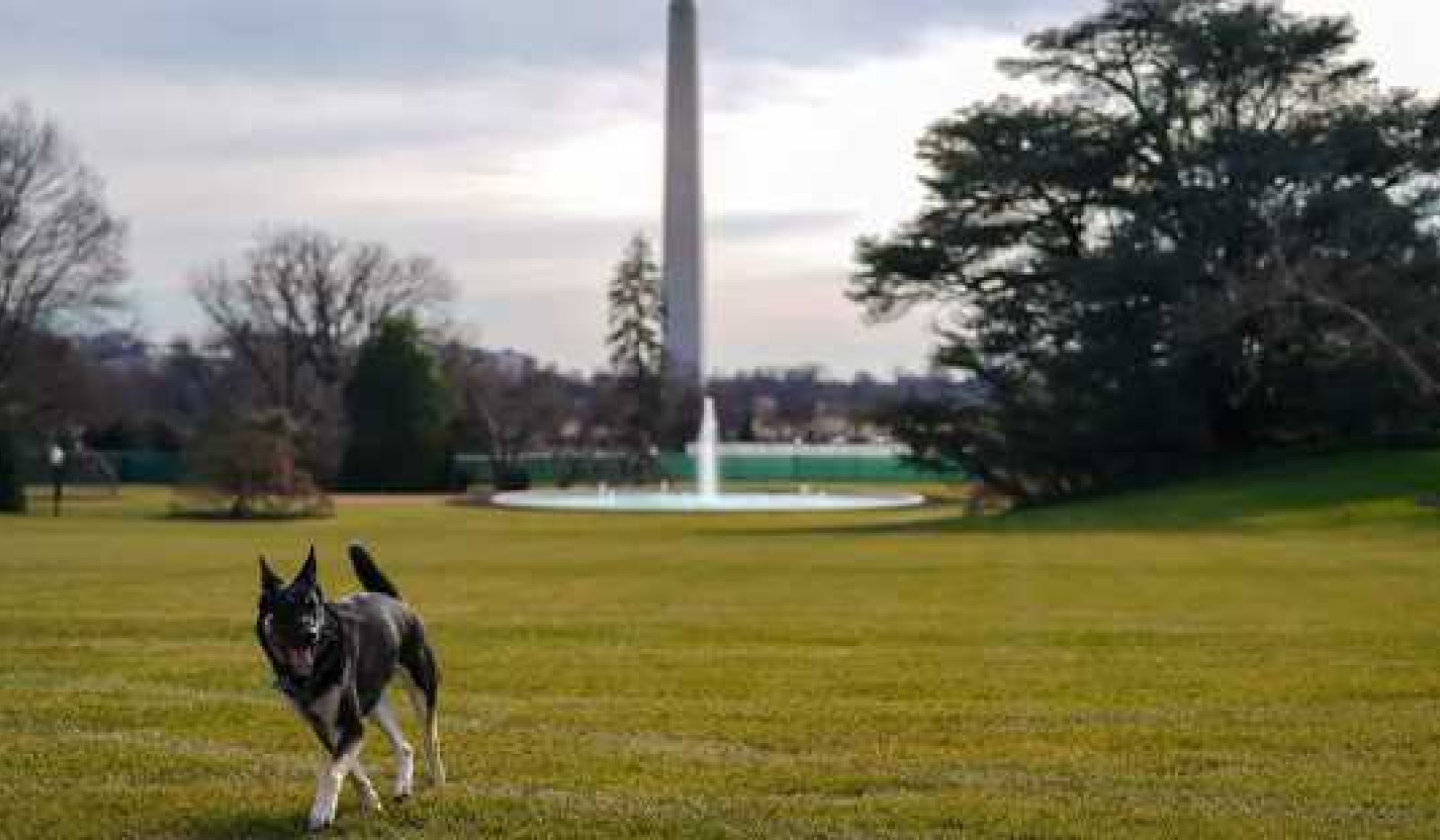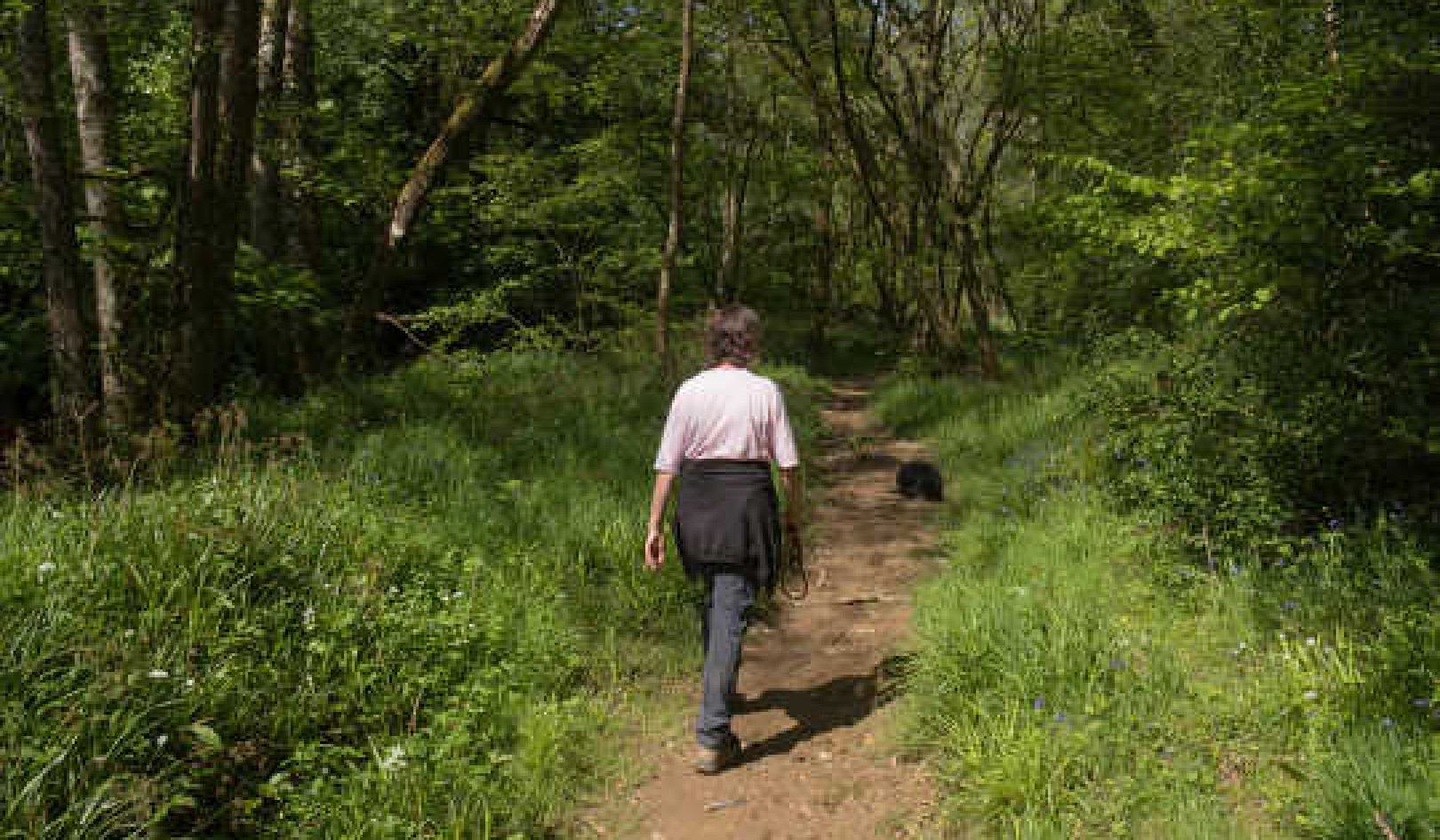
With the hectic modern lifestyles that most of us experience, there’s an onslaught of good and bad information assaulting our senses all the time. Since the dawn of the digital age, the human attention span has shrunk from twelve seconds to only eight seconds.
Meditation is a technique that helps you achieve mindfulness. The way to access your center is by quieting the background noise. In meditation, when you quell the noise in the brain you open the channels of intuition, your innate mechanism of knowing right from wrong, foresight, and wisdom.
Mindfulness
For the sake of clarity and simplicity, let’s first define the term mindfulness. Mindfulness basically means living with attention, not doing things thoughtlessly or on autopilot. It’s being aware, being present in the moment, being in charge of your actions, knowing why you do what you, rather than sleep-walking through life.
Although in the last few years mindfulness has become a hot topic, being practiced in universities, corporations, prisons, sport teams, and high schools, many people still think of it as a rather obscure Eastern practice that has something to do with sitting cross-legged and chanting.
Rather than having scheduled sessions of mindfulness at given times, true mindfulness is something that you experience all the time: You go through your life in a state of mindfulness. This wakes you up to existence, gives you responsibility and authority over your life, and helps you make conscientious choices. You are living an awakened life, walking the path that you’ve laid for yourself.
Mindfulness also means the state of being in harmony among your mind, body, and the universe. It is a way to come to know yourself, and when your mind understands itself it understands the world. This mind has come to know what it can control and what is beyond its control. A mind at peace accepts all the things it can’t control, because fighting them is a waste of energy, and energy, like time, is a precious and finite commodity.
Meditation
Buddha was asked, “What have you gained from meditation?” “Nothing,” he replied. “However, I’ll tell you what I’ve lost: anger, anxiety, depression, insecurity, fear of old age and death.”
We begin body consciousness techniques with meditation because this is a practice that most people have heard about even if they’ve never done it. Eastern spiritual traditions have known about the benefits of meditation for millennia.
In the past few decades, Western-led science has added to this understanding with studies that document the clear effects that meditation has on our overall health. Here is the shortest way to describe how meditation improves our well-being: Meditation calms the mind, which calms the body, which enables the body to regain its balance.
Although essentially body and mind are inseparable for establishing a healthy lifestyle, it’s worth pointing out that the words medicine and meditation are linked at the root. They come from Latin: “to cure.” The word also carries the meaning of measuring, as in taking stock of our inner state, understanding our mind and body.
It is useful to consider the two key dictionary definitions of meditation because they help us access in ourselves the portals by which we pass into a deeper understanding of our inner world:
- Empty or concentrate mind: to empty the mind of thoughts, or concentrate the mind on one thing, in order to aid mental or spiritual development, contemplation, or relaxation.
- Think carefully about something: to think about something carefully, calmly, seriously, and for some time.
The more in-depth ways in which mindfulness and meditation affect your well-being include:
- Increase activity in different brain regions, including those responsible for emotion regulation, learning, and memory, and seeing things from a wider perspective.
- Relieve psychological conditions such as anxiety, phobias, insomnia, and eating disorders.
- Improve psychological functions of concentration, compassion, attention, and empathy.
- Boost the immune system.
- Improve medical conditions, such as cardiovascular disease, asthma, premenstrual syndrome, type 2 diabetes, and chronic pain.
Meditation lets you access your higher self: your best traits, capacities, and intentions. It awakens your better angels. Buddha expressed a similar thought 2,600 years ago when he said, “Meditation is a way for nourishing and blossoming the divinity within you.”
As you gradually become more familiar with meditation you can use it to improve your approach to every aspect of your existence: work, health, family, finances, and romance. Deep relaxation sessions are the ideal setting for your imagination, intuition, and problem-solving skills to emerge and apply in your everyday life.
A useful mantra: Slow down, don’t rush. Find something to enjoy in this moment.
Pressure Points
Pressure points are powerful and convenient tools to gain awareness and control of your body, as well as helping the body release tension and realign itself. The pressure points are considered direct doorways to accessing your body’s neural networks.
There are more than seventy pressure points throughout the human body. The most easily accessible ones are on your forehead, under your earlobes, in your eye sockets, on the palms, and in the webs between your fingers.
Our nervous system consists of a neural grid that connects the different parts of the body. When there is a knot or an energy block somewhere in this network it registers as little lumps in the pressure points on your face, on your head, and on the palms of your hands. You can relieve them by massaging these pressure points that are easily accessible with your fingers, and this will release those blockages to resume a free flow of energy through your body.
These natural energy points are located along meridians, or pathways that crisscross the head, arms, legs, and trunk. These meridians are channels through which the body’s energy (what Chinese medicine calls Qi, or life force, or vital energy) flows through the body. When this vital energy becomes unbalanced, which suppresses its immune system.
Your body is a repository of everything you experience: elation, sadness, frustration, fear, pain, love, hate, exhaustion, jubilation, and stress. Stress can be defined as anything that knocks your body out of its natural rhythm. Everything that happens in the mind has a correlate in the body. This regular storing of mental information in the body is done both consciously and subconsciously.
The psyche protects itself by suppressing deeply unpleasant episodes in the subconscious, and these unwelcome incidents may resurface when a present analogous event triggers the buried past memory. The body may retain stress and pain to such an extent that sometimes an entire area of the body can be blocked and result in restricted mobility.
There are two main types of blockages in the body: mental and physical. The former may be caused by repressed negative occasions, and the latter by past bodily injuries and ailments. Either type can cause blockages in energy flow. Pressure points help you to release the tension that your body regularly accumulates through the day, and this leads to a free flow of energy in the body and enables the body to restore its equilibrium.
The five pressure point locations on your body mentioned above are easily accessible in most circumstances in our daily routines. You can do them while walking, driving, at your desk, sitting in the bus, on your They are perfect for relieving headaches, to stabilize your heartbeat, to help restore better blood flow through the body, and to help you deal with anxieties and stressful situations.
Ring Muscles
The human body contains a system of muscles that regulate the basic functions of existence. These are called the ring muscles because they are round and are located around every opening in the body, both internally and externally. The ring muscles’ natural pattern of simultaneous contraction and relaxation is responsible for a harmonious operation of the entire body.
The ring muscles, also called sphincters, are at the core of every form of animal life, from the plainest amoeba to the most complex human body. They are among the earliest systems in any living organism, and they are joined to the primal part of the human brain, the spinal cord, which is the neural chassis of the body. The ring muscles control reproduction and self-preservation, heart regulation, blood circulation, digestion and elimination, respiration, and all other muscular coordination through the body.
When we are born all these muscles work together, releasing and contracting at the same time. That’s the normal condition of the body. That’s why a baby’s fists are clenched. As we grow older, we develop bad habits. We slouch as we walk, we stick our guts out, we sit in bad postures, and all these behaviors short-circuit the network of communication signals between and among the different systems of the body and cause the body to fall out of alignment. This in turn harms the digestive processes, the blood flow, and the immune system. Ring muscles boost the body’s immune system because the contractions and releases routines stimulate a better blood flow and an adequate supply of oxygen in the body.
Though there are more than fifty different sphincters in the human body (including around eyes, ears, nostrils, the mouth, the urethra, and the anus), the most important ones to the body’s optimal operation are the lower sphincters: front sphincter (of the urethra) and rear sphincter (of the anus). The lower sphincters are vital to the proper functioning of the body because they are located at the gravitational center of the body—the midsection—and their contraction and relaxation cycles support every movement that we make. Our mouth opens and closes to eat and drink. Our hands open and close to hold and let go. Our heart contracts and relaxes to pump blood through the body. The stomach and intestines contract and relax to metabolize food.
This pattern of contraction and release in our bodies is an aspect of the elemental principle of duality underlying all life in the universe: darkness and light, death and birth, male and female, yin and yang. This is another way in which the natural laws of the universe govern the human body.
In a healthy body, all the sphincters work together, contracting and relaxing at the same time. The ring muscles are ultimately responsible for putting all the other muscles and all the organs of the body to work in a harmonious manner. It is good to remember that the human body is a well-designed system programmed for self-healing and self-correction, provided we don’t harm it with bad habits and allow its natural processes to operate without obstruction.
Some sphincters are visible to the naked eye and some can only be seen with a microscope. As noted, they regulate the body’s integrated operation throughout and also essential local functions:
- The microscopic precapillary sphincters control the blood flow into capillaries as part of the body’s metabolic activity.
- The lower esophageal sphincter (the cardiac sphincter in the upper stomach) prevents the acidic contents of the stomach from moving upward into the esophagus.
- The sphincter of Oddi allows secretions to pass from the gallbladder, liver, and pancreas into the duodenum, the first segment of the small intestine.
- The ileocecal sphincter (at the junction of the small intestine and the large intestine) limits the reflux of colonic contents back into the ileum, the lowest section of the small intestine.
Some ring muscles are voluntary, meaning we can activate them at will, and some are involuntary, part of the body’s autonomic nervous system, over which we have no control. We begin the ring muscles exercise with the sphincter where you have the most initial control, in your mouth.
The contractions and releases of the ring muscles loosen the energy knots that your body routinely accumulates through the day. Once the body restores its original equilibrium, it organically rallies to fight foreign invaders such as infections, cold, cuts, bruises, and more serious assaults to its immune system. The body knows how to do all this naturally; it was programmed to self-correct and self-repair—if we don’t short-circuit its networks with bad habits and maintain it in good condition, from which it can function the way it was designed.
Touch Triggers
Touch triggers are psychosomatic devices for registering new awareness in your body in such a way that later you can recall this information at will. Touch triggers work by combining a psycho (mental) process with a somatic (physical) response to deposit a new memory at a specific point in your body, and later you’ll be able to retrieve this useful information by touching that spot in your body.
Your body retains memories of everything that we experience, good and bad. The unique benefit of the touch triggers is that they enable you to plant new awareness— new memories—in your body to create a permanent desirable change in our life.
The touch triggers can be any point of contact in your body. The most useful touch triggers are those that are easily accessible and that don’t call much attention to themselves, such as pinching your earlobe, brushing the top of your head, or rubbing your thumb and forefinger together.
The mind controls the body. Thoughts—new information—create new forms. The distinctive feature of touch triggers is that they reinforce a physical experience with a mental process to register a new state of being in your body and mind.
Once I’ve mastered myself
I’ve mastered the world.
©2018 by Guy Joseph Ale. All rights reserved.
Reprinted with permission of New Page Books,
an imprint of Red Wheel/Weiser.
Article Source
Buddha and Einstein Walk Into a Bar: How New Discoveries About Mind, Body, and Energy Can Help Increase Your Longevity
by Guy Joseph Ale
 Using the latest breakthroughs in cosmology, neuroplasticity, superstring theory, and epigenetics, Buddha and Einstein Walk Into a Bar helps you to master your entire system of mind, body, and energy and provides practical tools to help you live your longest and healthiest life.
Using the latest breakthroughs in cosmology, neuroplasticity, superstring theory, and epigenetics, Buddha and Einstein Walk Into a Bar helps you to master your entire system of mind, body, and energy and provides practical tools to help you live your longest and healthiest life.
Click here for more info and/or to order this paperback book or download the Kindle edition.
About the Author
 Guy Joseph Ale was the founding president of Lifespan Seminar and vice president of Asia Pacific Association of Psychology. Ale was an internationally renowned pioneer in the field of human lifespan. Since 1992, his primary research had been the scientific, spiritual, behavioral, and evolutionary aspects of the awareness that we can sense how long we can live and the practical applications of this insight in daily circumstances. Ale received the Eminent in Psychological Science Award at the International Conference on Psychology 2011 "in recognition of invaluable contributions in the field of human lifespan." Ale lectured and conducted workshops in the United States, Europe, and Asia. He passed away in 2018. For more information, visit https://guy-ale-buddha-and-einstein.com/.
Guy Joseph Ale was the founding president of Lifespan Seminar and vice president of Asia Pacific Association of Psychology. Ale was an internationally renowned pioneer in the field of human lifespan. Since 1992, his primary research had been the scientific, spiritual, behavioral, and evolutionary aspects of the awareness that we can sense how long we can live and the practical applications of this insight in daily circumstances. Ale received the Eminent in Psychological Science Award at the International Conference on Psychology 2011 "in recognition of invaluable contributions in the field of human lifespan." Ale lectured and conducted workshops in the United States, Europe, and Asia. He passed away in 2018. For more information, visit https://guy-ale-buddha-and-einstein.com/.
Related Books
at InnerSelf Market and Amazon


























